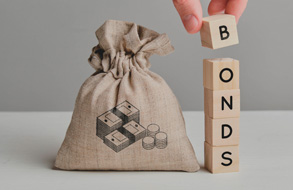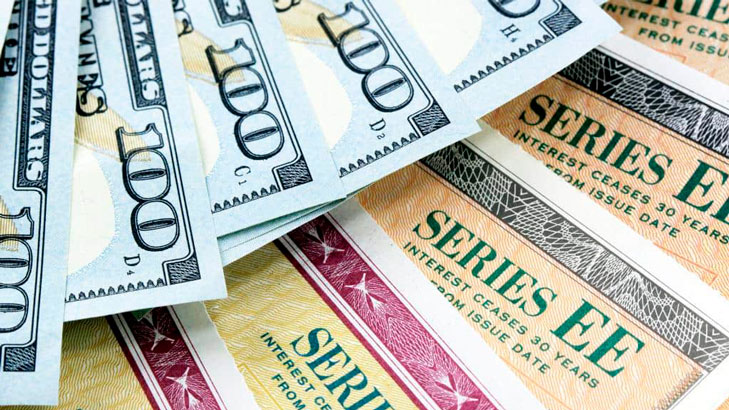What Affects Bond Prices and When Is It Better to Buy or Sell Them?
Bonds are one of the most understandable and reliable instruments: they provide a coupon, have a maturity date and a clear legal structure.

But unlike a bank deposit, their market price changes as they circulate. This is the key to profit (or loss) when selling before maturity.
Imagine you bought a 5-year Pfizer worth $1,000 with a coupon of 5% per annum. A year later, the bond's value falls, and the same paper is now trading at $900, and the annual yield has grown to 5.5% per annum.
At this point, it is profitable for the buyer to enter (the yield is higher than it was), but not for the seller: he will fix the loss to the nominal value. The essence is simple: the price and the yield move in opposite directions.
In addition, there is one main rule - the less time until maturity, the closer the price to the par value. That is, bonds with a price below par grow, and with a price above par fall.
What Affects the Price of Government Bonds
The cost of government securities depends primarily on inflation and the central bank's key rate . When inflation slows down and the regulator hints at a pause or reduction, yields begin to fall and prices rise .

Long-term obligations benefit the most - their price reacts more strongly to rate changes. Therefore, the end of the "high rate" period is a classic time to take the length for the price increase.
If inflation accelerates and signals of new increases are heard, yields grow and prices fall . At such moments, it is calmer to hold short-term securities (1–3 years): they are less “pumped” and the coupon smooths out the fluctuations.
Another undeniable factor that influences the price of government bonds is the credit credibility of the state . Budget deterioration, debt/GDP growth, rating downgrade, political instability ⇒ risk premium ⇒ prices down , yields up. Improvement — the opposite.
What Affects the Price of Corporate Bonds
how reliable the company is is added to the stakes . The market always asks for a risk premium to the yield of government bonds. In unstable periods, this premium increases even for reliable companies - prices fall, and these are often the best places to buy.

When panic subsides, the price rises and the premium decreases. Also look at the terms of the issue: if the paper is trading significantly above 1000, and the issuer will soon have the right to buy it back at 1000, the growth potential is limited - it is important to assess the profitability in the worst-case scenario.
It should be noted that the bond is likely to rise after positive financial reports, so the decision to buy should be made based on the company's performance.
For example, Pfizer has entered into and executed several profitable contracts this quarter, which will have a positive impact on the profit report, so the bonds will most likely increase in price after the report is published.
Not the least important factor is the interest rates of national banks ; their increase can shift the interest of investors and cause a decrease in the cost of bonds.
It is important to remember: Bonds are not a deposit . Discipline is rewarded here: first we look at the risks and structure of the issue, then at the coupon and the promised yield. Do not chase every percentage, sometimes the growth in value can cover the coupon income several times.


